Swimming Pool Disinfectants Have Harmful Mutagenic Capacity.

Swimming Pool Disinfectants Have Harmful Mutagenic Capacity –
Summary
Carcinogens are chemicals that cause cancer by inducing permanent changes, called mutations, in genes. A recent study examined carcinogenicity of the by-products of disinfectants, such as chlorine, used for public swimming pools. Researchers first isolated the by-products of disinfectants and then evaluated their capacity to induce mutations. Mutagenic capacity was tested by using Salmonella bacteria. “This study identified many new disinfection by-products not identified previously in swimming pool water and found that swimming pool waters are mutagenic.” Mutagenicity of drinking water and swimming pool waters were found to be similar.
Introduction
Chlorine, bromine, ozone and chloramines are chemicals commonly used for disinfection of swimming pool water. Disinfection by-products are formed by chemical reactions between disinfectants and natural organic substances such as urine, sweat and hair. Such disinfection by-products are either absorbed through the skin or inhaled. Regardless of the route of entry, these chemicals are known to cause cancer of the bladder. Some of them also cause respiratory irritation and asthma attacks. Some earlier studies had shown that chemicals present in swimming pool water have a toxic effect on the DNA in genes. In the present study, the researchers isolated various disinfection by-products from the swimming pool waters that use either bromine or chlorine, and assessed their capacity to cause cancers.
Methodology
* Researchers collected 80 water samples from two public swimming pools in Barcelona, Spain. One pool used chlorine as a disinfectant while the other one used bromine.
* Levels of various disinfectants and disinfection by-products were measured in the sample. Disinfection by-products were isolated using gas chromatography technique.
* Mutational capacity of isolated disinfection by-products was assessed by using a test in which cultures of Salmonella bacteria are used.
* They also analyzed air samples just above the pool water. Sixty-eight were collected from chlorine pools and 12 samples were collected from pools that used bromine.
Results
* More than 100 disinfection by-products, such as haloacids, haloacetonitriles, halomethanes, trihalomethanes etc, were isolated from the water samples. Results also revealed that all of the isolated disinfection by-products had mutagenic capacity.
* The levels of bromoform were much higher in the pools treated with bromine, as against those treated with chlorine. Interestingly, other disinfection by-products and their levels were similar in the brominated and chlorinated pools.
* Analysis of air samples showed that the mean level of trichloramine was higher in chlorinated water.
* When compared with drinking water, the mutagenic capacity of swimming pool water was found to be the same as that of drinking water. This shows that the levels of disinfection by-products are same in both the waters.
Shortcomings/Next steps
Apart from chlorine and bromine many other substances are used for disinfection of swimming pools. Swimming pools differ with regards to their maintenance (frequency of changing water etc.) as well. Hence findings of this study cannot be generalized to all swimming pools. Further studies are necessary to assess carcinogenicity of other disinfectants.
Conclusion
In this study, many new cancer-producing disinfection by-products were identified in the water of public swimming pools. Except for bromoform, levels of all disinfection by-products were similar in both brominated and chlorinated waters. Moreover, researchers proved that these chemicals have mutagenic capacity. Many earlier epidemiological studies had found a strong association between exposure to chemicals in swimming pool and the occurrence of cancer of the bladder. This study has proved that association by doing confirmatory in vitro tests such as Ames test. This study has also shown that the carcinogenicity of swimming pool water and of drinking water is the same, because the levels of carcinogenic disinfectant by-products in either case is the same. Some studies have shown that people having certain genotypes that metabolize disinfection by-products are at an increased risk of developing bladder cancer. The findings of this study are relevant to these individuals.
By FYI Health Writer on Jul 28, 2011
Resources:
http://www.fyiliving.com/research/pool-disinfectants-have-harmful-mutagenic-capacity/
 Mystery Stains in Salt Generator Pools.October 16, 2013
Mystery Stains in Salt Generator Pools.October 16, 2013
 How safe is your indoor swimming pool?September 4, 2013
How safe is your indoor swimming pool?September 4, 2013
 Mystery Stains in Salt Generator Pools.October 16, 2013
Mystery Stains in Salt Generator Pools.October 16, 2013 Skin Problems Caused by Swimming Pool Bromine.February 26, 2012
Skin Problems Caused by Swimming Pool Bromine.February 26, 2012 Bladder Cancer Linked To Swimming Pool Chlorine.February 29, 2012
Bladder Cancer Linked To Swimming Pool Chlorine.February 29, 2012 Swimming Pool Chemicals Cause Thousands of Injuries.March 6, 2012
Swimming Pool Chemicals Cause Thousands of Injuries.March 6, 2012















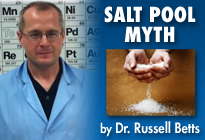
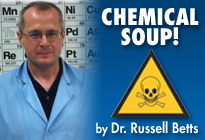
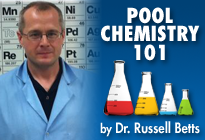



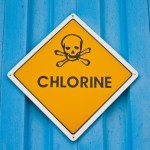




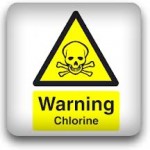


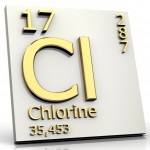
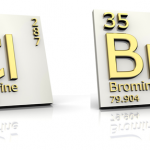


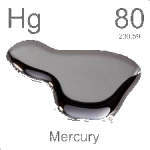
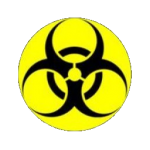

Get Social